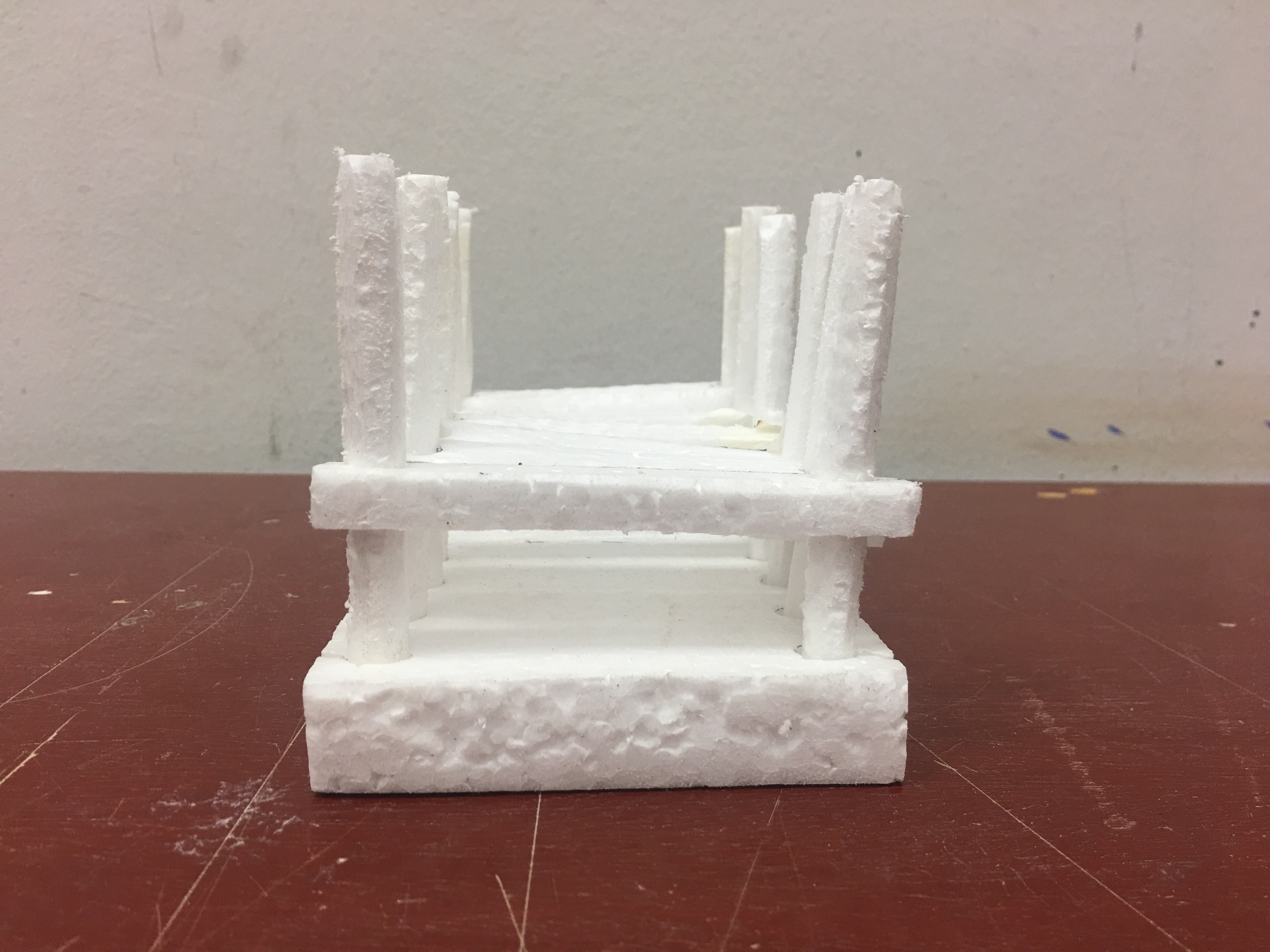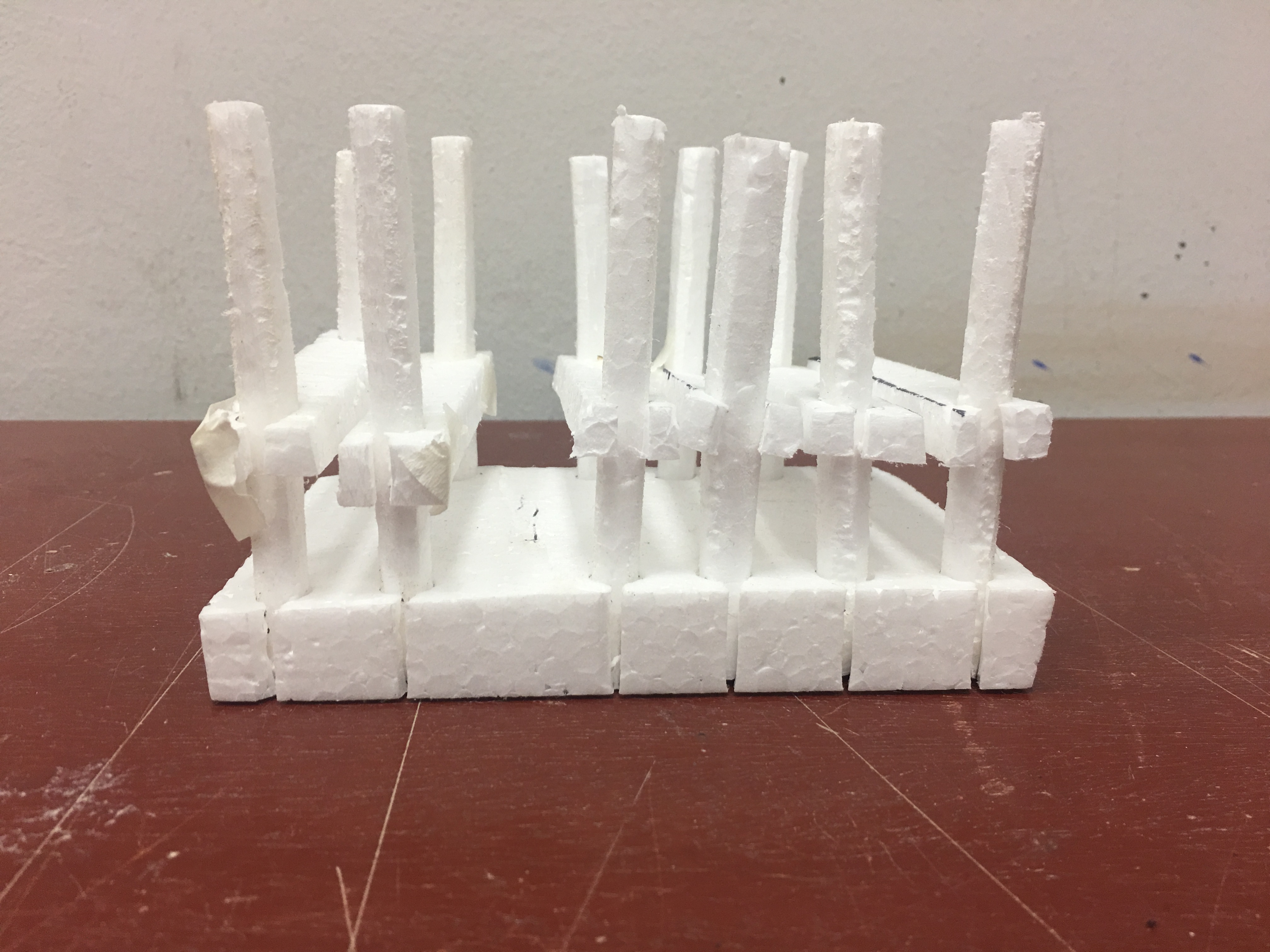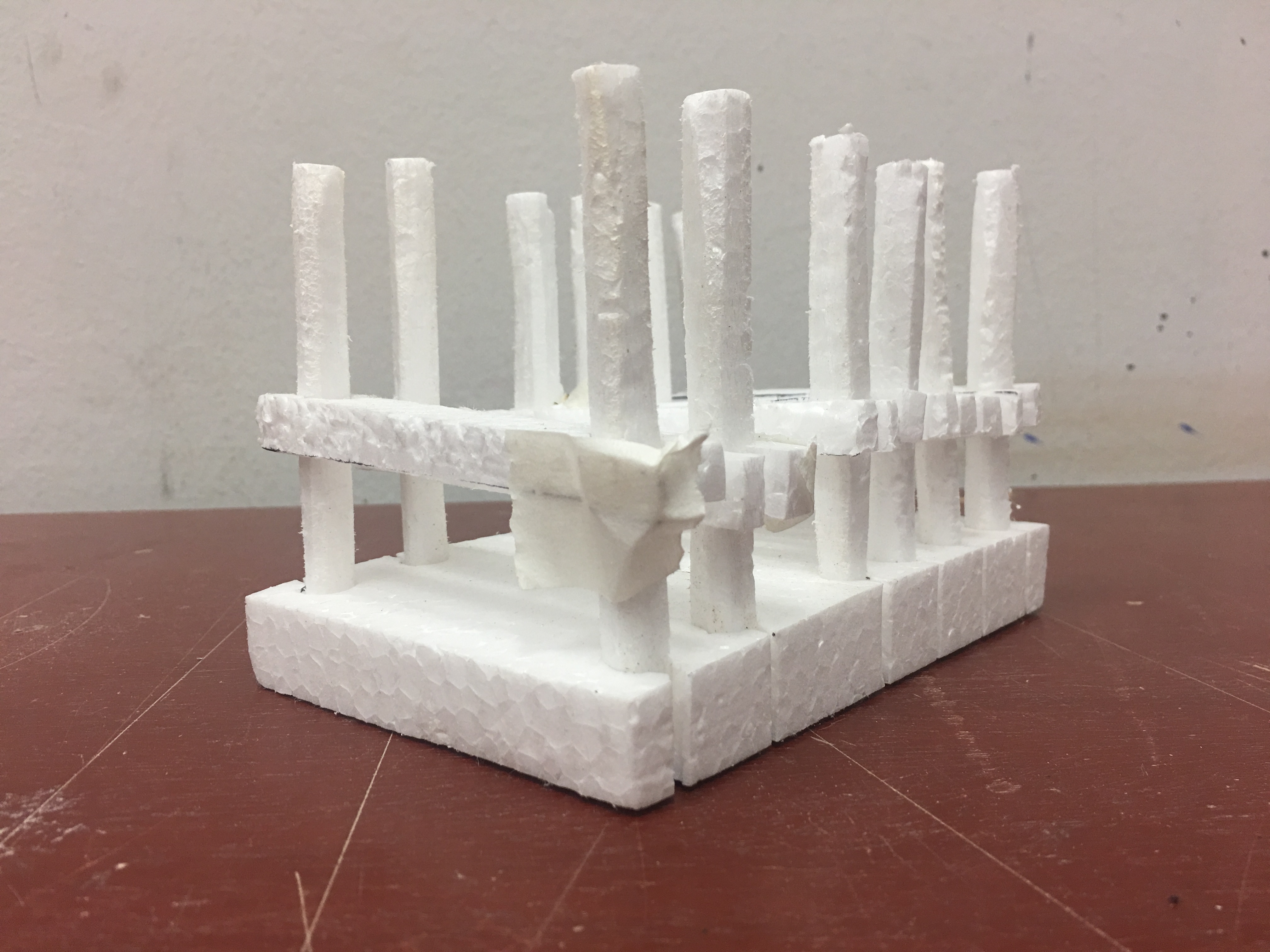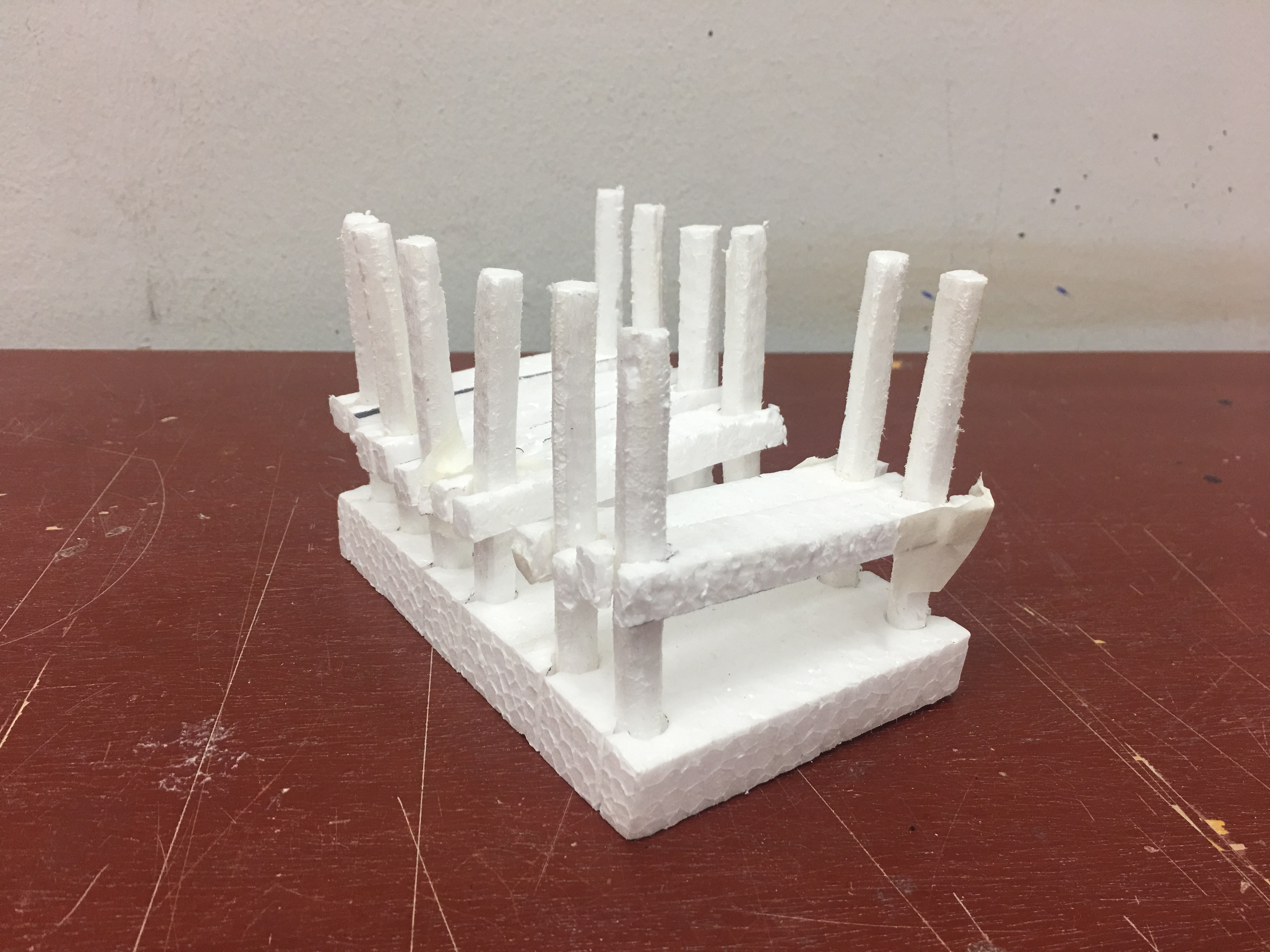Description
Angry Women, the brainchild of Dutch artist Annie Abrahams, is a series consisting of five videos. The different videos are called ‘takes’.
In Takes 1 and 2, 12 women (24 in total) express their anger from home, in front of their webcams. Their feeds are combined into a single video projection. With no fixed duration for the performance, it went on until all the women had expressed their anger and there was a minute of silence. Not all of the women expressed their anger vocally – in Take 1, a woman in pink, in the middle, opted to stay silent, almost impassive, throughout the whole 5 and a half minutes.
In Takes 3 and 4, the sessions were timed to be exactly 12 minutes. Another way these takes differed from the previous was that the women used a single tongue in each performance (Take 3 in French and Take 4 in English). 8 women participated in Take 3, whilst 7 women participated in Take 4.
An aspect that was also noticeable was that there was a woman who was completely silent in Take 3 as well. Compared to the woman in Take 1 who didn’t make any outward expressions of emotion, she chose to express her anger in gestures such as biting her hands. This was in stark contrast to the rest of the women in the take who were outwardly vocal, their tone rising and falling in waves to the currents of their anger. Furthermore, in Take 4, there was a singular woman who was moaning and screaming whilst everyone else was talking in English. This created some auditory variety that was interesting as well.
Take 5 is also 12 minutes long, but has 9 women expressing their anger more outwardly on the interface. The section on the upper-left is totally black, so it may be slightly unclear as to whether there is a presence in that screen or not. Nevertheless, as 9 women are credited in the title screen, it can be taken that 9 women participated in the performance.
The piece was exhibited in two video projections on two perpendicular walls as part of Annie Abrahams’s show Training for a Better World at the CRAC in Sète, Southern France. It’s impact is undeniable, not just in scale, but all the more magnified by the repetition we observe in the the women’s faces.
Discussion
“Abrahams’s networked performance pieces are commonplace, messy and malleable. They are about the ‘banal’ reality of everyday life, time passing by, two people temporarily crossing paths in fractured, desperate or indifferent, successful or futile attempts to communicate, to (be) together, to love – in shared presence, but also shared absence.” Source: http://www.digicult.it/digimag/article.asp?id=1793
This work, at first glance, seemed to comment on gender, simply because all the participants were women. I researched further about whether it actually could be by looking at some of the interviews Annie Abrahams has given. Maria Chatzichristodoulou asks if Annie Abrahams considered her work gendered in any way, to which she replied she didn’t know – she was more comfortable concentrating on issues of class as she’d come from a working class family.
“Class seemed easier to define, it seemed easier to identify class-related situations or occurrences that appeared problematic, and for me to actually do something about them.”, she says. Gender, then, became trickier, as it would entail conflict with her family’s heritage and the social norms in which it operated. Therefore, it would be a stretch to define Angry Women as being about gender – it would be more appropriate to classify it into the themes of exploring networked, interpersonal communication, which has always been a common theme in Annie Abraham’s work.
Angry Women undeniably works with, and in a sense, relies on, digital technology. For Annie Abrahams, the mediated intimacy – that is, intimacy that occurs through the use of machines – that occurs as a result, is “not the same as the intimacy that we experience in our flesh lives.” To her, it is neither better or worse than real life intimacy; it is just different. With her biologist background, Annie Abrahams then investigates this mediated intimacy because she is curious about the world around her, and conducts her works like experiments, setting hypotheses.
Now, a bit more on Annie Abraham’s background as a biologist, because I feel that it’s central to the way she plans and performs her work. As a farmer’s daughter, she was not allowed to study art as her parents thought that it couldn’t give her a career. Feeling that biology was most suited for her, as it was “a subject that allowed (her) to ask what was one’s position in society, and how did (she) want the world to be”, she went on to obtain a PhD in the subject. Then, having become interested in reading political literature (such as Dostoyevsky and Marx) and having her colleagues disapprove, she decided she wanted to break free of this context and pursue art. However, she did not at first, adopt the scientific methodologies we observe in her work today. Initially, she wanted to break free from everything scientific and logical, making Expressionistic paintings.
“Around 1993, I discovered complexity theory, and this was the first time that I considered certain scientific theories as relevant to my practice. I felt that complexity theory aimed to explore infinitely complex relations, rather than give finite, ‘closed’ answers to questions. But it was not until I became involved in performance practice that I realised that a lot of my work had already been using scientific methodologies in some ways.” – Annie Abrahams
So how does she employ these scientific methodologies exactly in her work?
“In fact, all of my work emanates from one big question: ‘How can we live in a world that we don’t understand?’”
Annie Abrahams acts like a scientist, asking a question, and then creating a situation with protocols and rules, like the steps to an experiment. It is important to note that she doesn’t have a preconceived notion of what the result could be like, but she does have a hypothesis that helps her define the protocols. “Once the performance begins, my role is to observe. I do not interfere in its development. Any outcome is good, because what is important to me is the experiment in itself.”, she says.
Moving on, I feel that the work can be discussed better when we understand what social broadcasting is, such that we can see how this work relates to the concept. According to Randall Packer, social broadcasting is when multiple people are broadcasting simultaneously. That is, when you have these people from remote locations come together in the same space – the Third Space. Facebook Live, for example, can be considered social broadcasting as there is a little bit of that social aspect.
Angry Women can be considered a good example of social broadcasting as it takes place in a networked, shared broadcast environment (The Third Space). The participants use this to their advantage, capitalizing on and collectivizing their anger in shared screams sometimes. This is vastly different compared to how we use social media in terms of the nature of the collective activity – screaming is not what we observe everyday on Facebook – but also similar to how we use social media in the sense the women sometimes vibe off one another, much like how comment threads and reply threads are formed.
To elaborate on how the shared networked emotion in Angry Women differ from ordinary group dynamics, we refer to the Networked Conversations between Randall Packer and Annie Abrahams. Annie Abrahams elaborates on this, saying how the women in Angry Women know that they are performing, as opposed to just being angry in real life. It’s also different as Annie Abrahams explained to them beforehand that she wanted the piece to be like an ‘Angry Choir’, rising up and down, leading to collaborative behavior. She describes this dynamic as being unique to Angry Women, as she has done other pieces such as Angry Men and a mixed gender piece as well. In Angry Men, for example, she describes how three men took up the entire soundspace and the others could not contribute. It’s a curious observation, and it becomes food for thought as to why women are more accommodating in the performance of this piece.
“So instead of dwelling on the frustrations of the network connection, she finds inspiration, and perhaps more importantly, she sets up compelling situations that allow her and others to make critical observations about connection and disconnection.” – Randall Packer
In reference to the above quote, Annie Abrahams also questions the quality of the networked connections they share. Due to the limits of streaming technology at that time, it was “necessary to conduct two distinct performances, separated, in fact, by an interval of two months”. As a result of this, the pieces had varying lengths, which had the synchronisation become imperfect. I felt that this aspect made the piece very self-aware of its limitations, which is something unique to it – usually, imperfections are smoothed over, but Annie Abrahams embraces them in her enquiry.
“In times when our technological environment uses all kinds of behavioural techniques to make us uncritical users of their interfaces, it’s important to become aware of our behaviour, to test and experiment with it.” – Interview with Marc Garrett and Ruth Cathlow
It certainly allowed me to see social media interactions in a new light – they’re usually so carefully controlled and curated. In this sense, Annie Abraham’s work points to a method where we could interact on social media in a more genuine manner. However, this world where interactions are so raw and unfiltered may not be one that I would necessarily like to inhabit. Interactions we see on the videos, such as women talking over one another, already manifest in less obvious ways in social media today where commenters could choose not to respond to certain ideas a previous commenter has said, instead choosing to emphasize their own viewpoints with capital letters, for example. While they are certainly engaging with their base desires of anger, I feel like the level of self-control we exhibit on social media today is needed for civil interaction, without which the online world could descend into anarchy, possibly, especially with the lack of gatekeeping. So while I maintain that genuine, less-glamorous feelings and interactions should be expressed on social media, maybe the Annie Abraham’s way of having a lot of people do it in one go may not be practical for the everyday user. Moreover, classifying status quo as being not genuine enough could also be a disservice to it, for people share as much as they are comfortable with, and imposing a standard of genuinity could not be viable for some users to reach.
It was strange considering this work from the context of Singapore. The women in this video seem to have a lot of pent-up anger, as if they’d been holding in this depth of emotion for an extended period of time. In Singapore, I feel that women are pretty vocal with their anger, although it may be expressed in more passive aggressive ways, or online, with websites such as http://stomp.straitstimes.com/. As a Singaporean who’s lived in Singapore for my whole life, drawing from my experiences, I feel that gender equality is at a good level here, and women aren’t labelled as b**ches when they are ticked off. As a result, women here aren’t really afraid to be angry.
Therefore, if I myself had to participate in this work, I would probably be like the woman in Take 1 who didn’t show any anger, because I don’t really feel angry at anything. I let my anger out as and when I feel it, so having to conjure up feelings of anger for the express purpose of conducting a performance piece would feel forced and weird to me.
However, this is not to say that I don’t feel that the work has value as a way for the women involved to vent their frustrations. It is evident that they found it therapeutic to air all of their anger out, at least for Takes 1 and 2 where there was no fixed duration. For Takes 3 and 4, where there was a fixed 12 minute duration, some of the women could still have had some venting to do left – while this certainly changed the group dynamic and altered the experiment, I found myself questioning whether this was beneficial to the women involved.
Nevertheless, I believe all five takes hold their innate value in the fact that they’re so unfiltered and raw. We’ve talked about Digital Identity and how we tend to cultivate distinct personas when we’re online, through selectively publishing the content we post or through editing our photos with applications. Here, the women are held in a situation of No Exit where they absolutely have to express their feelings in a primal, basic manner of communication. This, I feel, is what makes the work so expressive and atypical of how we interact with others and express ourselves online. Personally, I would be uncomfortable with having my relatives and friends see me in this manner because I’ve so carefully constructed my digital identity as one that does not care too strongly about things, as one that is free and easy-going. However, maybe partaking in an experiment such as this one may be precisely what myself, and others like me, may need, as sometimes we place a lot of importance on how others see us, to the extent that we might gloss over some of our own feelings as well.
Sources:
https://www.furtherfield.org/addictive-behaviours-interview-artist-annie-abrahams/
https://vimeo.com/222911980
https://www.researchcatalogue.net/view/18236/18237
http://www.bram.org/angry/women/
http://www.digicult.it/digimag/article.asp?id=1793
http://digicult.it/digimag/issue-058/annie-abrahams-allergic-to-utopias/
http://digicult.it/digimag/issue-054/if-not-you-not-me-annie-abrahams-and-life-in-networks/
http://rhizome.org/community/44387/
https://aabrahams.wordpress.com/2011/12/01/angry-women-3en4/




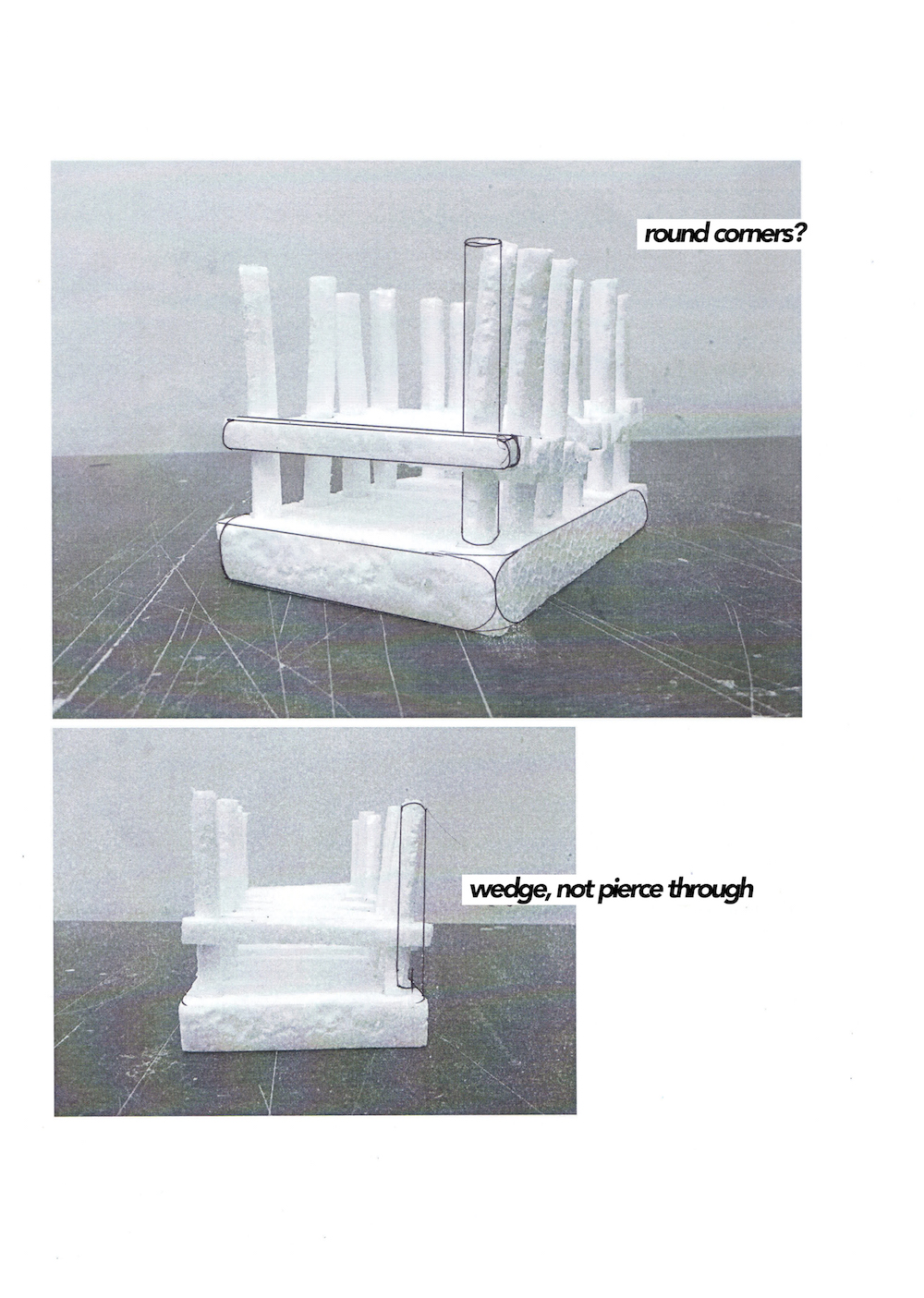

































 I eventually went with the boat-dock idea because I realized that it had the same rest-for-your-phone connotation like the bed-dock too, on top of the the terrible pun (and also because I’m a sucker for bad puns).
I eventually went with the boat-dock idea because I realized that it had the same rest-for-your-phone connotation like the bed-dock too, on top of the the terrible pun (and also because I’m a sucker for bad puns).

